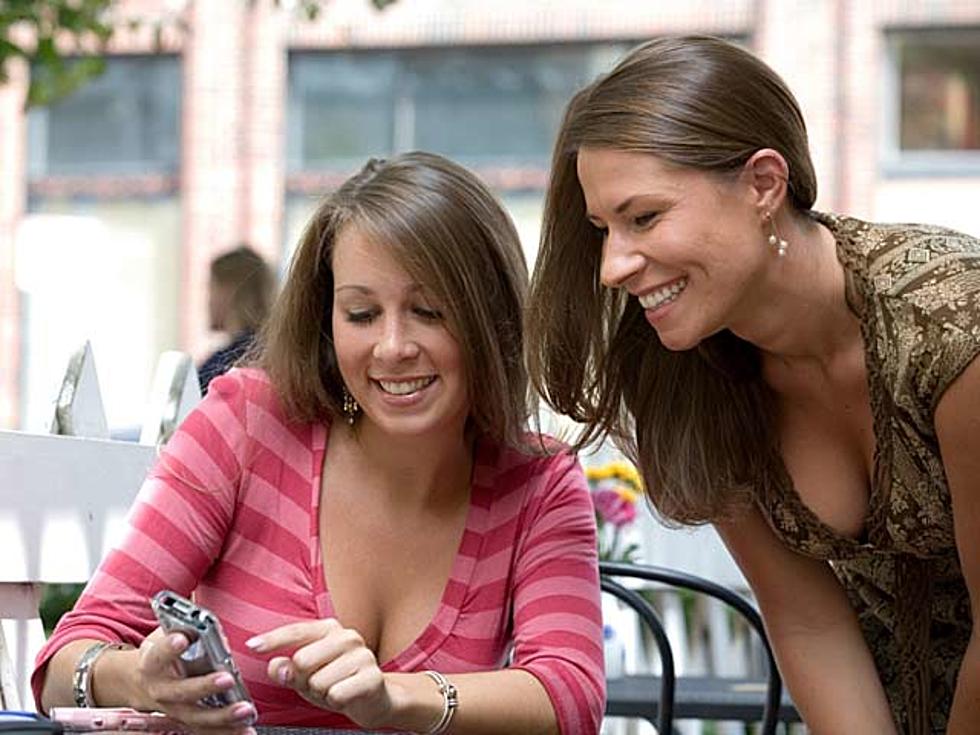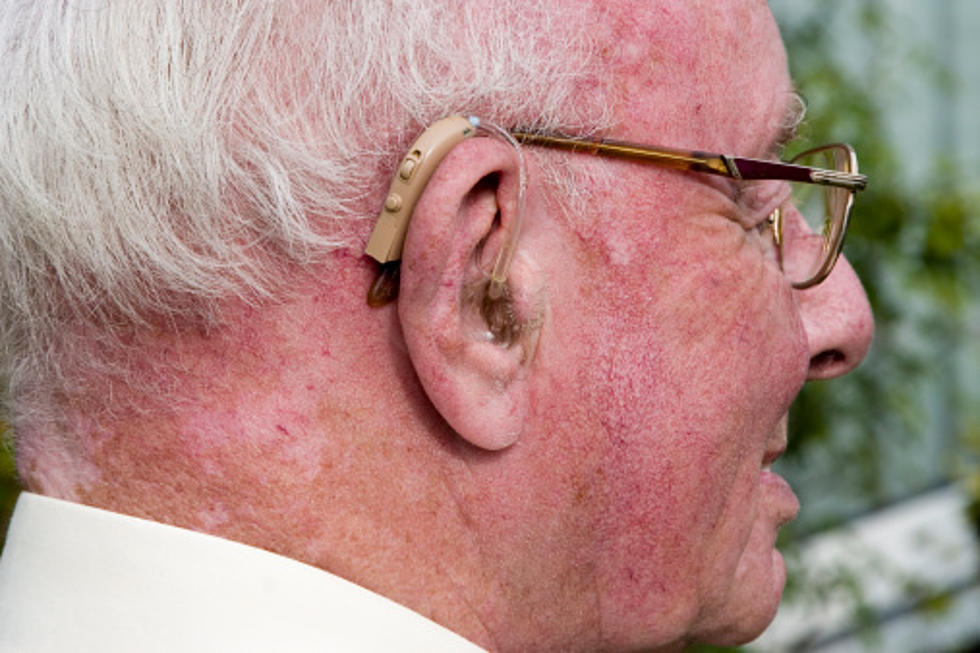
MSU Celebrates ‘A Promise Kept, a Dream Fulfilled’ with Opening of American Indian Hall
Calling it “the finest building of its type in America and the world,” Montana State University President Waded Cruzado opened the university’s long-anticipated American Indian Hall at colorful and often joyous ceremonies Saturday.
“Today we make history at Montana State University,” Cruzado said. She explained that exactly three years ago MSU announced the gifts that launched the construction of the $20 million facility. “We said then that the building of MSU’s American Indian Hall would be a promise kept and a dream fulfilled. Today, I am so proud to say, ‘mission accomplished.’”
Acknowledging that the university sits on ancestral lands of many tribes, Cruzado welcomed home the members of Montana’s Indigenous community who attended the ceremonies, many in Native regalia. They were among the more than 1,000 people who basked in the warm October morning.
“I want to say thank you to the hundreds, if not thousands of people, who have been unwavering in the belief in the American Indian Hall project,” Cruzado said. “Your prayers and commitment brought us to where we are today. We thank you for your loyalty and love of Montana State. This building is a reality because of you. May your children and your children’s children find a home here as well.”
The event began with a grand procession to the new 31,000-square-foot building down the university’s Michael P. Malone Centennial Mall from the current American Indian Center. The 1,100-square-foot AIC, located in the basement of Wilson Hall, has been home to MSU’s American Indian students for more than 40 years. Saturday’s procession, which was a pleasure for the eye and ear, was led by a Native American veteran honor guard carrying the American flag followed by flag bearers for the state and Montana’s 12 tribal nations, fancy dancers, jingle dress dancers, traditional dancers, representatives from Montana’s eight reservations and other tribes in the region, alumni, friends, donors and friends of MSU’s Indian community.
Grand Opening of American Indian Hall, MSU. Oct. 16, 2021
Walter Fleming, the director of the Department of Native American Studies and member of the Kickapoo Tribe of Kansas, who served as master of ceremonies for the event, said the day was about a new era for MSU Native American programs. He also acknowledged the decades-long journey to opening the doors of the facility that will be home to the record 811 Native American and Native Alaskan students enrolled at MSU this year.
“Today it is about new beginnings as we walk through the doors to the building that will belong to our young people,” Fleming said, “Someday, they will look back and recognize how important this day was.”
Cruzado was joined at the podium by Henrietta Mann, a nationally recognized tribal elder enrolled with the Cheyenne-Arapaho Tribes of Oklahoma and MSU professor emeritus who helped build MSU’s reputation nationally in Native American education when she became the first Endowed Katz Family Chair in Native American Studies.
Montana U.S. Sen. Jon Tester, who spoke about the importance of education for Native American issues nationwide, said the American Indian Hall holds out its hand to the Native American “people of this state and this country and says ‘come.’”
Cruzado credited the work of the five MSU presidents who preceded her: Leon Johnson, Carl McIntosh, William Tietz, Michael Malone and Geoff Gamble. She detailed how each, beginning in the 1960s, took steps that built a foundation MSU Native American programs and enrollment.
Gamble, who also spoke at the event, recognized the growth of MSU Indian enrollment in the last two decades. He said there were 221 American Indian students enrolled at MSU when he came to MSU in 2000, a total that has nearly quadrupled since. He said that he found a partner in Mann, building programs that supported Native American students at MSU and enrollment. Together, they developed the MSU Council of Elders, which he said has been an effective outreach network in Montana’s tribal communities as well as a source of wisdom and insight in the building project.
Gamble fondly remembered the winter day in 2004 when MSU architecture graduate Dennis Sun Rhodes, a member of the Northern Arapaho Tribe who then was designing tribal buildings throughout the country, and his college friend Jim Dolan, a Bozeman sculptor, called for a meeting. The two brought in drawings for an American Indian student center that Sun Rhodes had just designed at Bemidji State University in Minnesota.
“They asked a simple question,” Gamble said. “Was this possible at Montana State?” Gamble said he and Mann looked at each other and emphatically answered “Yes!”
The site for the building on the eastern edge of Centennial Mall was selected in 2005. Fundraising proved difficult, Gamble said. He credited Cruzado, his successor, with successfully raising the $20 million for the building, whose cost had increased throughout the years due inflation and rising construction costs.
Cruzado said that when she became MSU president in 2010, it became clear to her that she had an important mission to fulfill in finding funding for the facility. In 2017 a prayer ceremony was conducted on the site by Native students and Native staff/faculty. MSU received a major portion of funding to build the American Indian Hall in 2018 when the Kendeda Fund committed $12 million as the lead gift for the $20 million building. With additional donors that included the Associated Students of MSU, the Terry and Patt Payne family of Missoula, and Jim and Chris Scott of Billings. The project was launched in 2019 with a ground blessing on the site.
“My conviction was that working together, we would build a place that would welcome students, faculty and staff who wished to return to their ancestral home to advance their education as well as a place of beauty open to all students and to the enjoyment of all cultures and all peoples of the land,” Cruzado said.
“Today, we open the Montana State University American Indian Hall. It is a testament to what can be done when we unite in the vision of a better and brighter future.”
Sun Rhodes, who served as a consultant on the project, explained the distinctive feather roof of American Indian Hall is a nod to the bald eagle. Also native to the valley, eagles hold a spiritual place in his culture.
“They are the being that can fly the highest and there are able to communicate with the creator,” Sun Rhodes said.
Other speakers included U.S. Assistant Secretary for Indian Affairs Bryan Newland, a citizen of Michigan’s Bay Mills Indian Community (Ojibwe) and Casey Lozar, chairman of the Montana University System Board of Regents, vice president of the Federal Reserve Bank in Minneapolis and a member of the Confederated Salish-Kootenai Tribe, who welcomed the crowed in his tribal language and praised the building as a place that will prepare American Indian people for the future careers. Norris Blossom, president of the Associated Students of MSU, spoke on behalf of the MSU student body, who contributed $2 million to the project.
Georgeline Morsette, an MSU senior majoring in art education and a member of the Assiniboine Cree tribe who represented the current American Indian Council, said her career at MSU began when her parents enrolled at MSU when she was 3-weeks old. They frequented the same cramped American Indian Club room that she did when she arrived at MSU.
“Now (MSU Indian students) have a place where we can all meet at one time,” Morsette said. She also gave a shout out to the 811 Native American and Native Alaskan students enrolled at MSU who, she said, often cope with loneliness and cultural uncertainty when they arrive at the university.
“I know our ancestors would be proud of us,” Morsette said. “We are doing it!”
Following the grand opening ceremonies, MSU Native American students helped conduct tours of the artistic building designed by ThinkOne Architecture. The interior includes Native American art, design and furnishings crafted from trees removed from the site to make room for the building. The building is surrounded by gardens and arbors of Indigenous plants also planted by MSU Native American staff and students. Heated and cooled by 24 geothermal wells, the building was recently designated a LEED Platinum Level 4, a rating of its energy efficiency. It is the only building with that rating in Montana.
The American Indian Hall will be open for classes in January.
Swank Enterprises was the general contractor on the project.
- By Carol Schmidt, MSU News Service -









